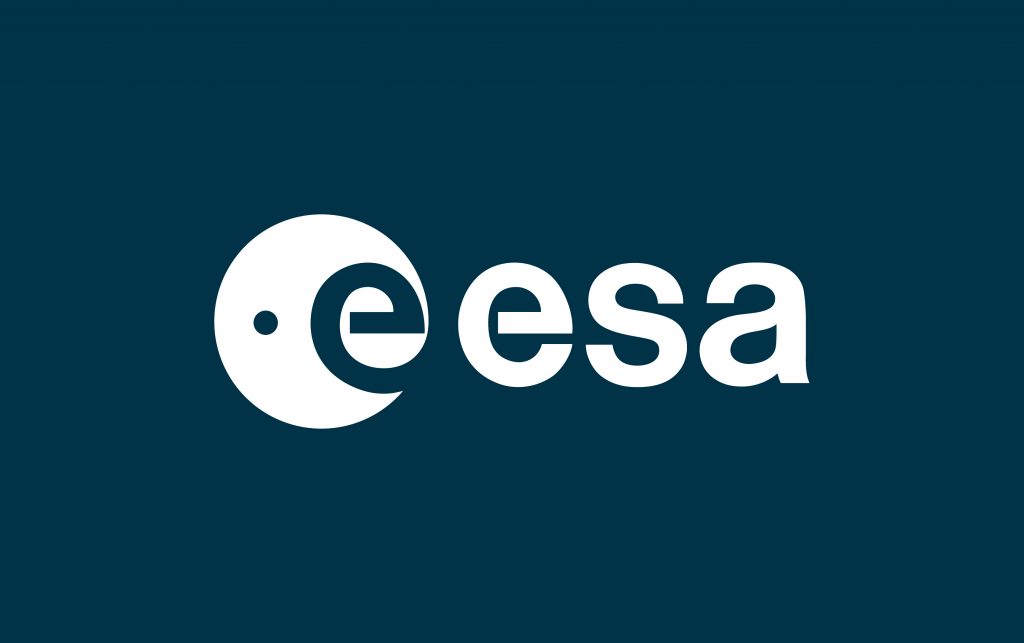ESA ups investment in key satellite areas
January 15, 2024
By Chris Forrester

Josef Ansbacher, the European Space Agency’s (ESA) director general, in its annual press briefing, said it is looking for ideas for missions and system concepts to help us reach our goal of long-term orbital sustainability. The new programme looks forward to 2050 and ESA is upping its budget by 10 per cent this year.
However, the briefing also came with bad news in that the first flight of the Italian Vega C rocket will not happen before November 15th. But such is the importance of this first commercial flight from the Vega rocket and in the absence of an Ariane 6 rocket this year forced ESA director of space transportation Toni Tolker-Nielsen to say that ESA might have to use a SpaceX rocket to launch its Sentinel 1C Earth Observation satellite.
The Vega C rocket was grounded following a failed flight in late 2022. The announcement of the targeted launch date for the Vega C’s return to flight was made during a question and answer session following the DG’s annual press briefing.
As to ESA’s 2024 budget, it is the highest ever at a record €7.79 billion ($8.53bn) and ten percent up on 2023.
Four mission concepts were under close examination:
· in-orbit servicing
· in-orbit assembly
· in-orbit manufacturing
· in-orbit recycling
As to the budget’s allocation, Earth observation takes the largest slice (30.5 per cent).Navigation is next in line and absorbing 13.5 per cent, with space transportation including launchers taking 13.3 per cent.
That spend will include further financing of the 12-craft second-generation Galileo global positioning satellites with the first craft due for launch in 2026.
ESA is also responsible for overseeing the (already delayed) IRIS2 multi-orbit communications system. ESA’s budget for this 12-year project is worth €380 million. ESA itself will be putting €640 million into IRIS2.
ESA is looking to make firm orders for the LEO PNT (Positioning, Navigation and Timekeeping) constellation – which is additional to IRIS2 which will enhance and improve signals from the Galileo fleet. Two initial demo LEO PNT satellites should be in orbit during 2025-2026, said ESA.
